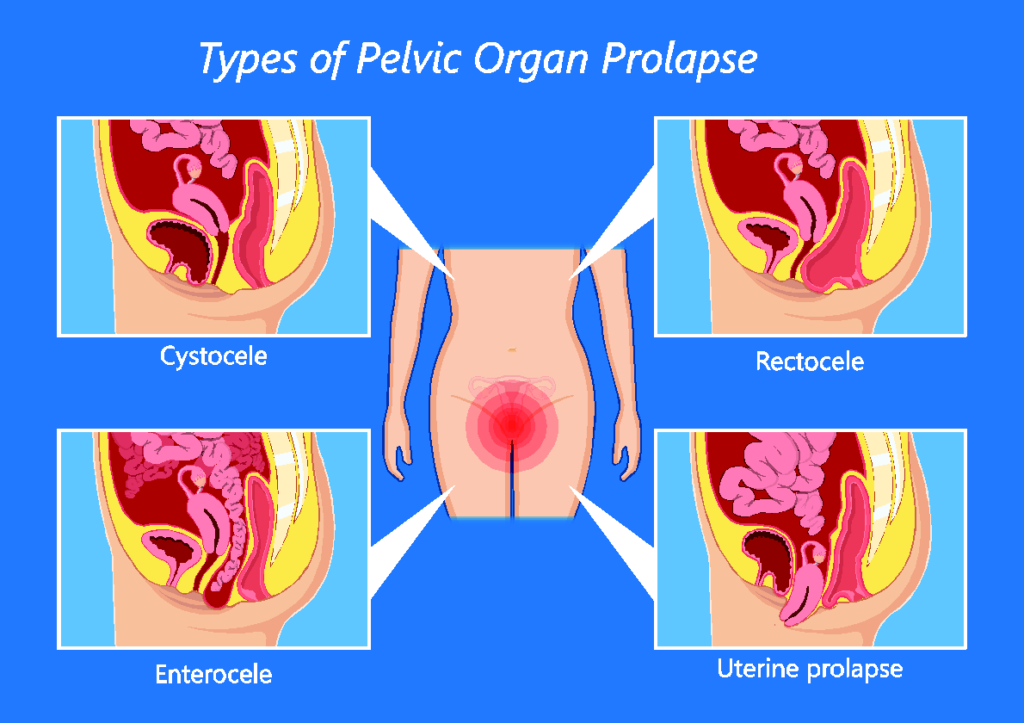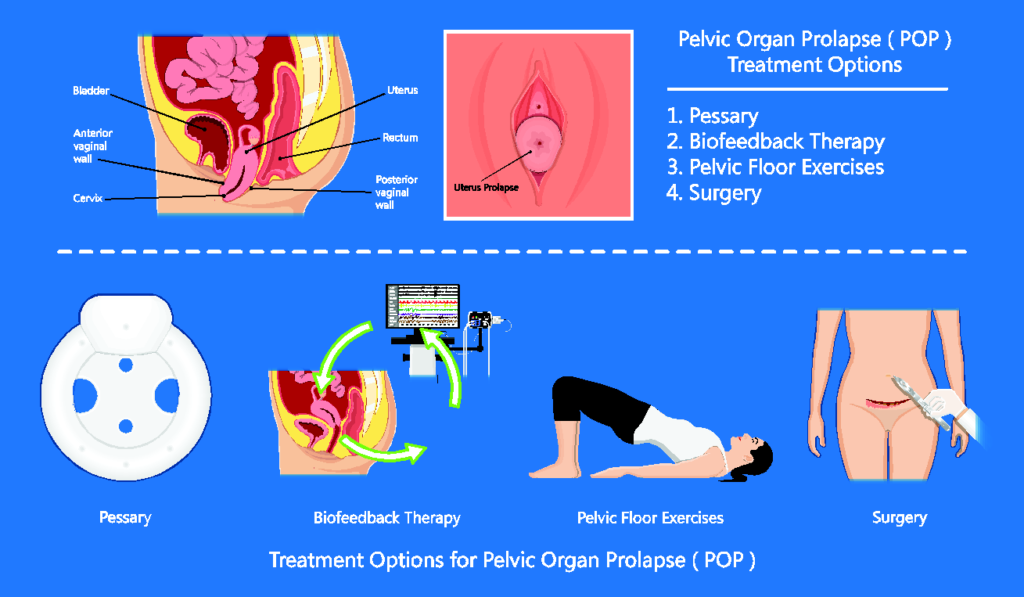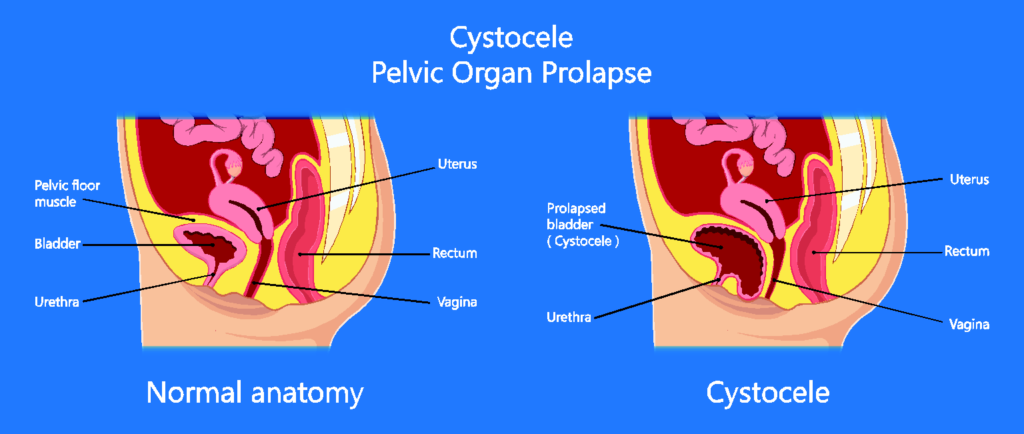In a female body, the pelvic floor comprises of the ligaments, muscles, connective nerves and tissues that support the rectum, bladder.
In a female body, the pelvic floor comprises of the ligaments, muscles, connective nerves and tissues that support the rectum, bladder, and other pelvic organs. The pelvic floor muscles spread from the tailbone to the pubic bone, from one sitting bone of front to back to the other sitting bone from side to side.People suffering from pelvic floor disorders may experience problems like painful urination, constipation, pain in the vagina and rectum, muscle spasms in the pelvic region, a feeling of heaviness in the pelvic area, etc.

What are pelvic floor disorders?
When the sling supporting the pelvic region does not function as well as it should, it gives rise to pelvic floor disorders. The most common pelvic floor disorders are:
- Urinary incontinence
- Fecal incontinence
- Pelvic organ prolapse

Causes of pelvic floor disorders?
Menopause and childbirth are the two most common causes of pelvic floor disorders. Some other causes of pelvic floor disorders are – a prior surgery, obesity, aging, heavy lifting, and straining.

Symptoms of pelvic floor disorders
Pelvic floor disorders occur when you are unable to control and rely on your bowel movements. Some of the common symptoms of pelvic floor disorders are:
- Straining and pain in bowel movements
- Constipation
- Painful intercourse
- Muscle spasms in the pelvis
- Frequent urination
- Pain in the lower back, pelvis, rectum or the genitals
- Feeling of heaviness and pain in the vagina
- Unable to empty the bladder in one urine trip
- Leakage of urine while coughing, laughing or exercising
- Leakage of stool
- Inability to control gas
- Difficulty in controlling your bowel until it is your turn to visit the bathroom

How can pelvic floor disorders be treated?
Many people are hesitant in approaching doctors and seeking consultation on topics such as urinary incontinence and fecal incontinence. However, bear in mind that these are common medical problems that can be treated easily when effectively addressed. Highly common in women during menopause and after childbirth, pelvic floor disorders can affect how one leads a healthy life due to significant discomfort and anxiety.
By bringing about a few lifestyle and behavioral changes, pelvic floor disorders can be easily tackled. Some tips for the same are:
- Avoid pushing and straining when urinating.
- Drink an adequate amount of liquid throughout the day
- Try and indulge in light exercises or yoga daily.
- Take warm baths to relax the pelvic region.
Some medicines that contain low doses of muscle relaxants can also be used to treat pelvic floor disorders. Physical therapy also helps manage and control your pelvic floor muscles to tackle the problem more naturally and at its core.
Special Thanks to Dr. Ashwini Kalyankar (MBBS , DNB , FMAS) for the expert advice.






